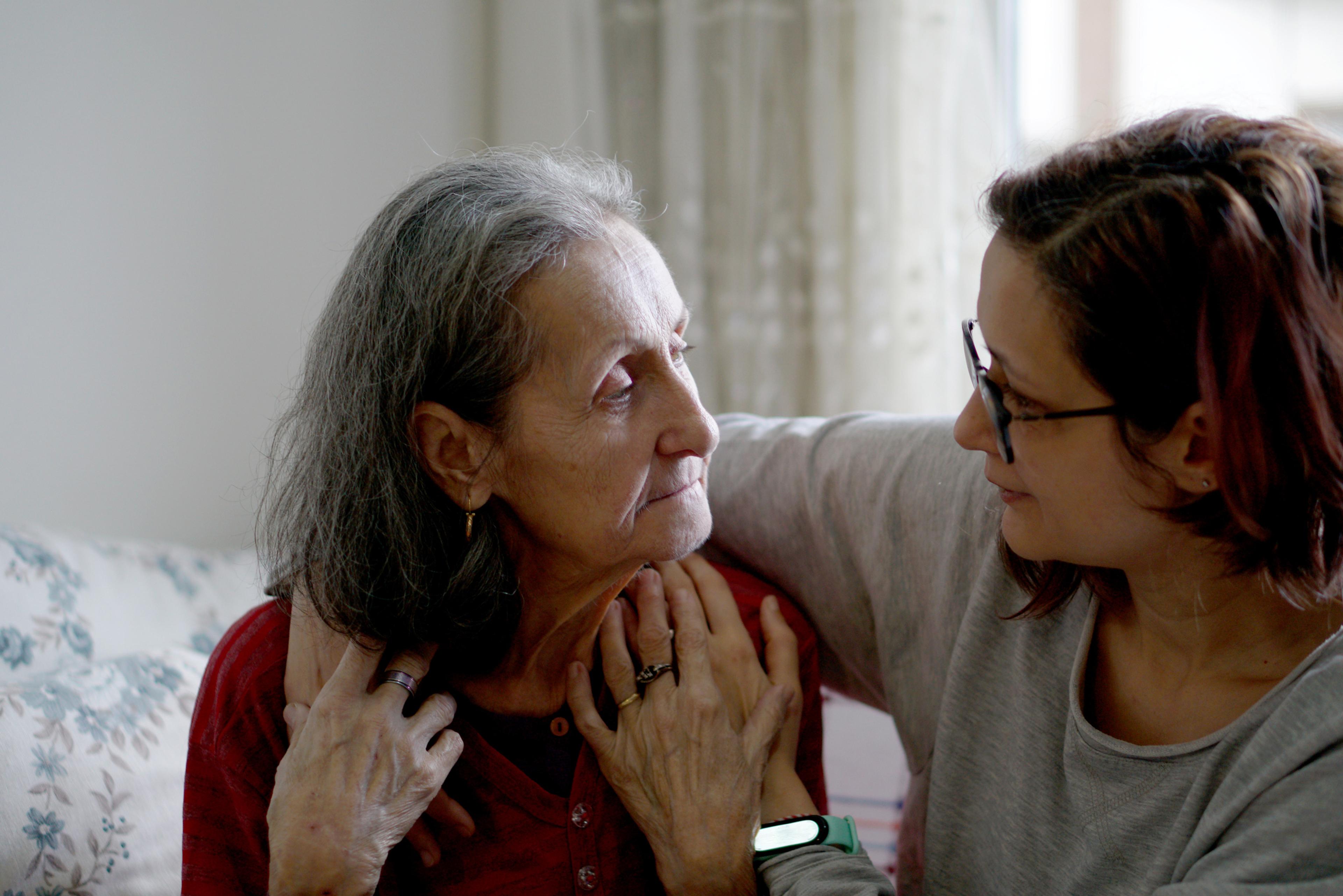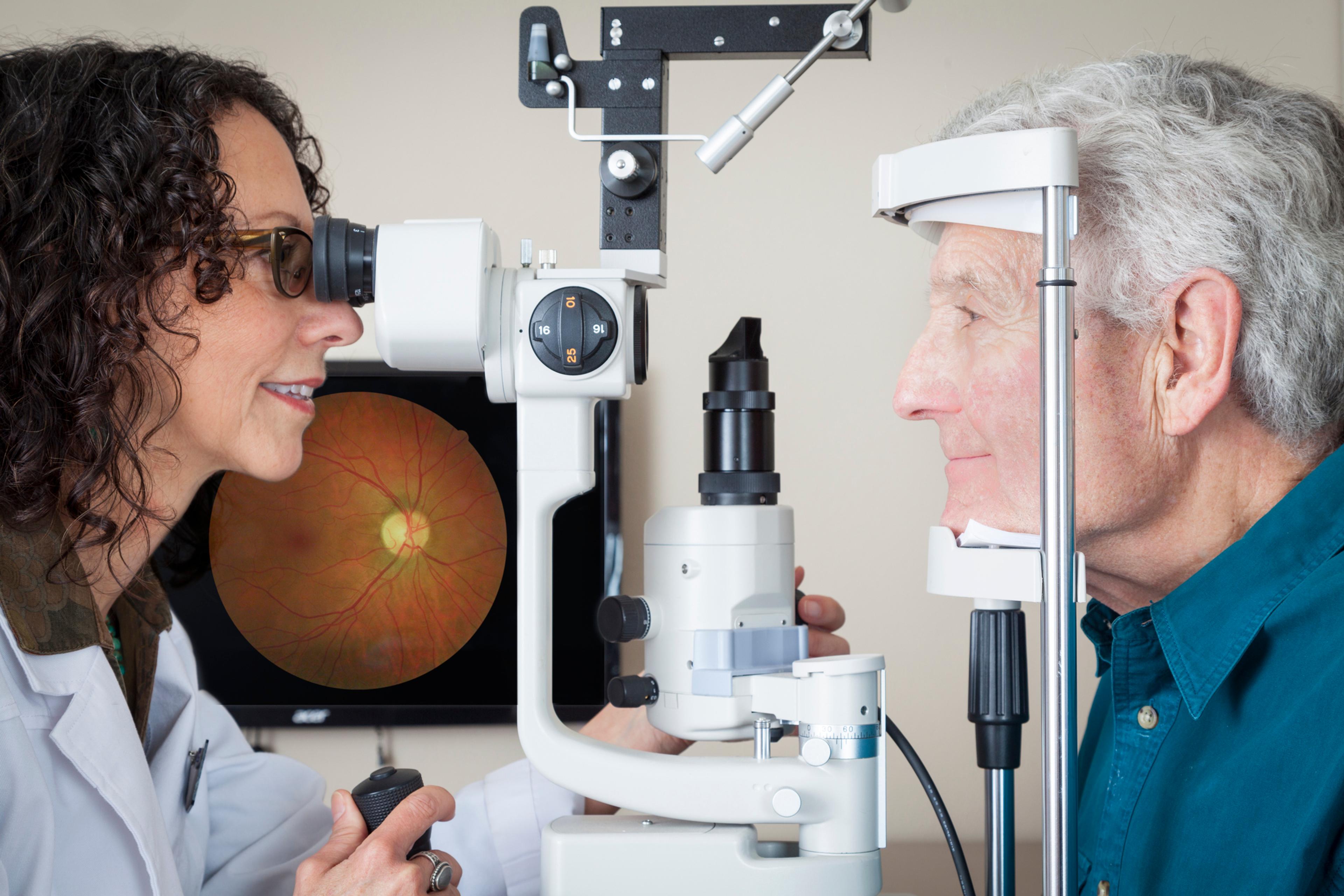The Difference Between Chronic and Acute Pain

Lindsay Knake
| 2 min read
Lindsay Knake is a brand journalist for Blue Cross B...

Pain is a signal our body produces to alert us to danger, injury and illness, according to the National Institute of Health. People experience pain differently, including aching, shooting and burning sensations. Two common types of pain are acute pain and chronic pain.
What is acute pain?
Acute pain is a type of pain with a sudden start and a specific cause. It is generally isolated to the site of the injury. Acute pain typically lasts a few days to three months and dissipates as you heal from the cause. Everyone experiences acute pain, as minor as a papercut or as major as a surgery.
Typical causes of acute pain include:
- Broken bone
- Surgery
- Burn
- Muscle strain
- Childbirth
- Infection
- Minor injuries such as cuts and bruises
Managing acute pain depends on the type of injury or cause. Over-the-counter painkillers, ice or rest may be enough to manage mild cases. Surgeries, infections and broken bones, however, require medical care. In the case that a minor injury doesn’t heal or pain worsens, seek medical care. Talk to your physician about the best ways to manage acute pain.
What is chronic pain?
Chronic pain, on the other hand, is a complex pain that lasts for at least three months and could remain for years. It can start with acute pain that lingers or have no clear cause. About 20% of Americans experienced chronic pain in 2021, according to a study by the U.S. Centers for Disease Control and Prevention.
Common causes of chronic pain include:
- Migraines and headache
- Neck and back pain
- Nerve pain
- Joint pain
- Fibromyalgia
- Arthritis
- Cancer
All pain stresses the body and can cause muscle tension, fatigue, limited mobility and suppressed appetite. It can impact your quality of life and daily activities. However, dealing with pain in the long-term can lead to anxiety, depression, irritability and insomnia.
Chronic pain is also linked to Alzheimer's disease, substance abuse and higher suicide risk, according to the CDC.
In the United States, those more likely to experience chronic pain include Alaska Natives and Indigenous Americans, divorced adults, disabled adults, adults living in rural areas and adults living in poverty.
Coping with chronic pain can take significantly more effort and time. Talk to your doctor about medications and methods to manage chronic pain. You may combine medication with support groups, therapy, meditation and lifestyle changes such as diet and exercise to improve your quality of life.
Image: Getty Images
Related:





